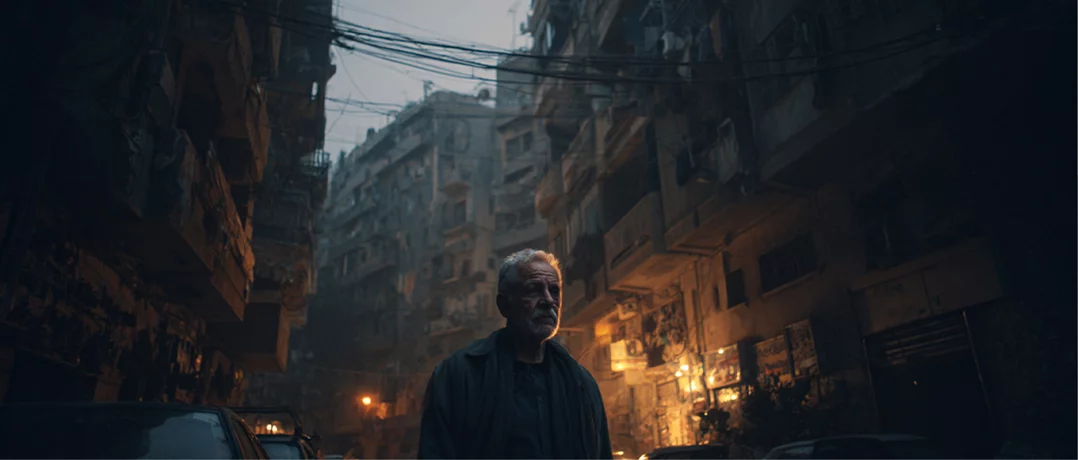Lebanon’s famed resilience masks deep political decay, turning survival into a cycle of dysfunction and endurance.
Resilience deterring reform: Lebanon’s endless survival trap
Resilience deterring reform: Lebanon’s endless survival trap


In the aftermath of every catastrophe, whether war, economic collapse, or an explosion, Lebanese society is praised for its resilience. From foreign dignitaries to local elites, the refrain is the same: “The Lebanese always rise from the ashes, just like the Pheonix”. The word has become a defining feature of national identity, a kind of moral armor that the country wears to mask its wounds. But behind this comforting narrative lies a darker truth: resilience in Lebanon has evolved from a virtue into a trap. It is both a survival mechanism and a political tool, one that normalizes dysfunction, sustains corruption, and substitutes endurance for change.
Dalal Mawad with New Lines Magazine says:
This to me is not resilience. It’s trauma on top of trauma. No justice, no peace, no accountability, just "resilience".
With every tragedy, so many heartwarming stories emerge from the people directly affected. “Lebanese will always equal resilience”, as Dania EL-Hallak, second year resident at Mount Lebanon Hospital stated with Washington Monthly following an overflow of injuries from the most recent war.
Resilience, in its most literal sense, denotes the capacity to recover quickly from hardship. In a country that has endured civil war, political assassinations, foreign occupation, and economic collapse, such resilience might seem admirable, even necessary. Yet, the constant invocation of this quality risks transforming it from a response to crisis into an excuse for its repetition. Instead of demanding accountability or reform, Lebanese citizens are often expected to simply “bounce back” and “continue to exist”. The celebration of resilience has become a mechanism of adaptation, not transformation.
Resilience as a political and social trap
This narrative did not emerge in a vacuum. Since the end of the civil war in 1990, Lebanon has been governed by a sectarian system that rewards loyalty over competence and perpetuates clientelism. Successive crises, from the 2006 war with Israel to the 2019 financial collapse and the 2020 Beirut port explosion, have exposed the state’s chronic dysfunction. Yet, each time, rather than dismantling the corrupt structures that caused these failures, Lebanon’s leaders have invoked the people’s resilience as proof that the country can withstand anything. Resilience has thus become a convenient deflection, a rhetorical tool to mask the absence of governance.
Foreign actors have also played a role in reinforcing this myth. International donors, NGOs, and media outlets often romanticize Lebanese perseverance as a symbol of hope. Images of young volunteers sweeping glass after the port explosion circulated globally, accompanied by captions celebrating their spirit. While such acts of solidarity are genuine and moving, their glorification risks depoliticizing suffering. By framing recovery as a matter of individual courage rather than systemic reform, the international community inadvertently reinforces a status quo in which citizens, not institutions, bear the burden of survival.
At its core, resilience in Lebanon functions as a form of collective coping. It allows people to endure an unbearable reality: the collapse of their currency, the absence of public services, the erosion of savings, and the exodus of a generation. But endurance without direction becomes resignation. The valorization of resilience transmits political failure from the state to the citizens. Citizens are told to be strong, to adapt, to persevere, while the political class remains unaccountable.
Reimagining resilience: From endurance to empowerment
This paradox is most visible in the aftermath of the 2019 uprising. The protests, which united Lebanese across sectarian lines, momentarily shattered the illusion that resilience was enough. Demonstrators rejected the idea of living with crisis and demanded a new social contract. Yet, as the economic situation worsened and political paralysis deepened, the language of resilience re-emerged. Citizens were urged to find strength in community networks, diaspora remittances, and local initiatives, forms of survival that bypassed the state but also let it off the hook. What began as a revolt against endurance ended in a renewed performance of it.
The question, then, is whether resilience can be reimagined. One thing is for sure; it has become so ingrained within the Lebanese identity that reimagination seems somewhat impossible. If Lebanese are not resilient, what are they? Must it always imply passive endurance, or can it become a platform for resistance? True resilience should not mean adapting to decay but refusing to accept it. It should involve transforming pain into political agency, solidarity into collective organization, and endurance into empowerment. This requires a redefinition of resilience, not as the ability to “get by” despite systemic failure, but as the determination to build systems that no longer require heroic survival.
Lebanon’s history is rich with examples of creativity, generosity, and perseverance. These traits need not be abandoned, but they must be disentangled from the narratives that sustain corruption and complacency. The Lebanese people deserve more than admiration for their strength; they deserve institutions that do not test it endlessly. To move forward, Lebanon must replace the myth of resilience with the promise of renewal and a political culture that values justice, accountability, and reform over endurance.
Resilience, once a virtue, has become a trap shackling the Lebanese to the structures that guarantee collapse. Until the Lebanese reject resilience as a substitute for reform, they will remain caught in an endless cycle of suffering and survival, forever rising from the ashes, but never putting out the fire.


